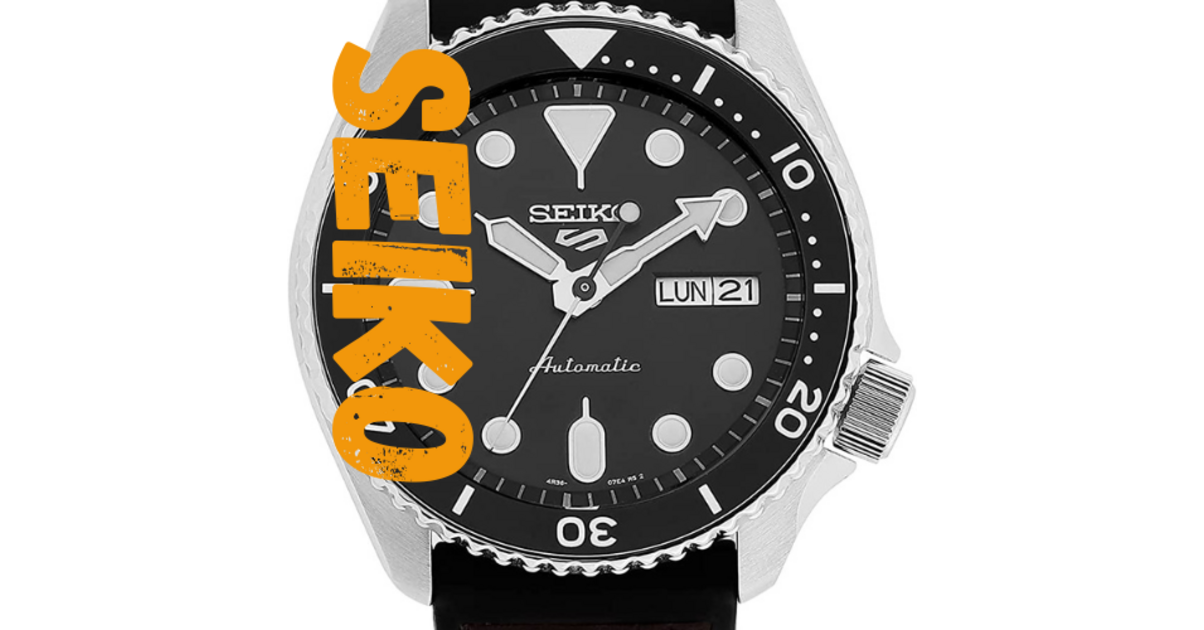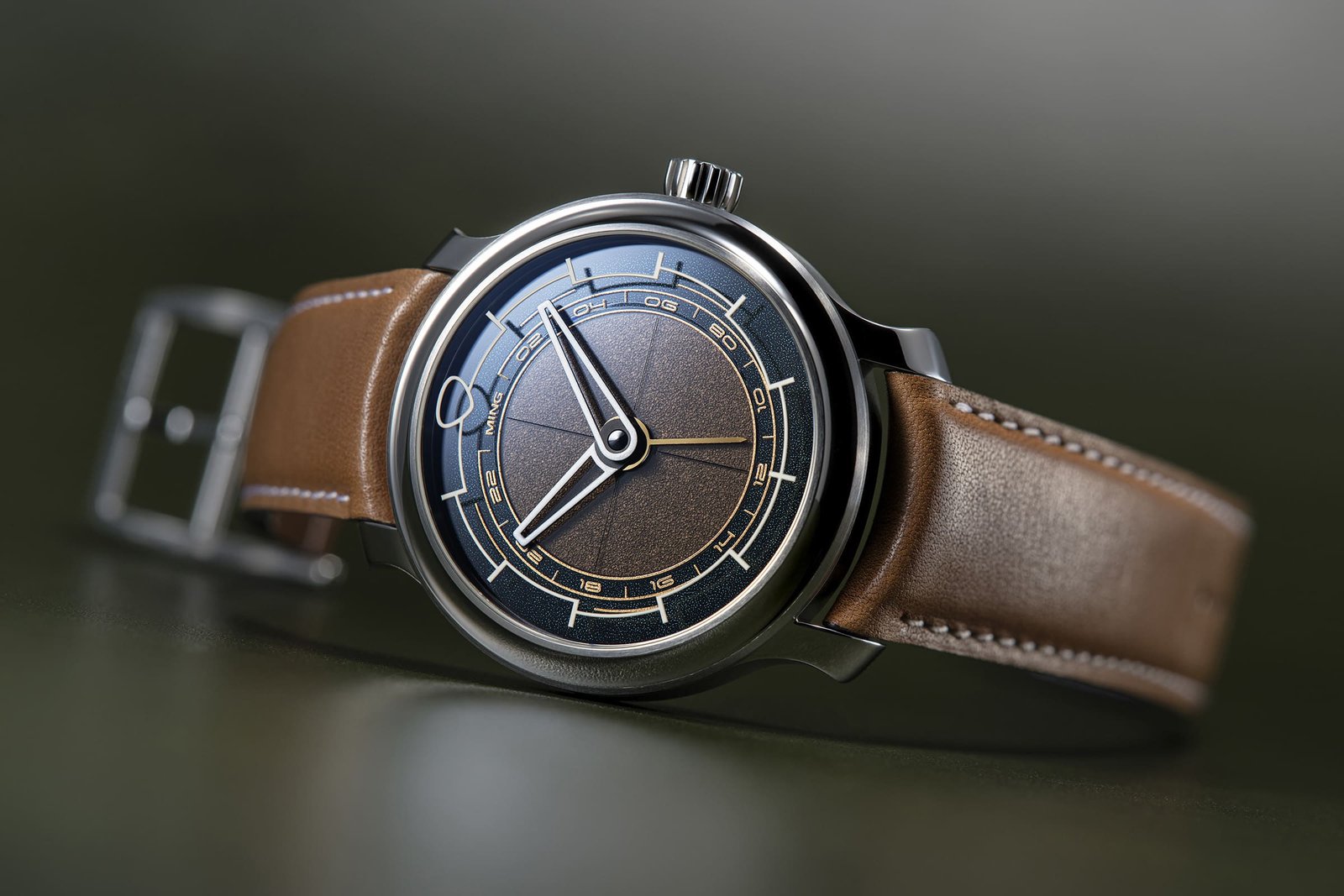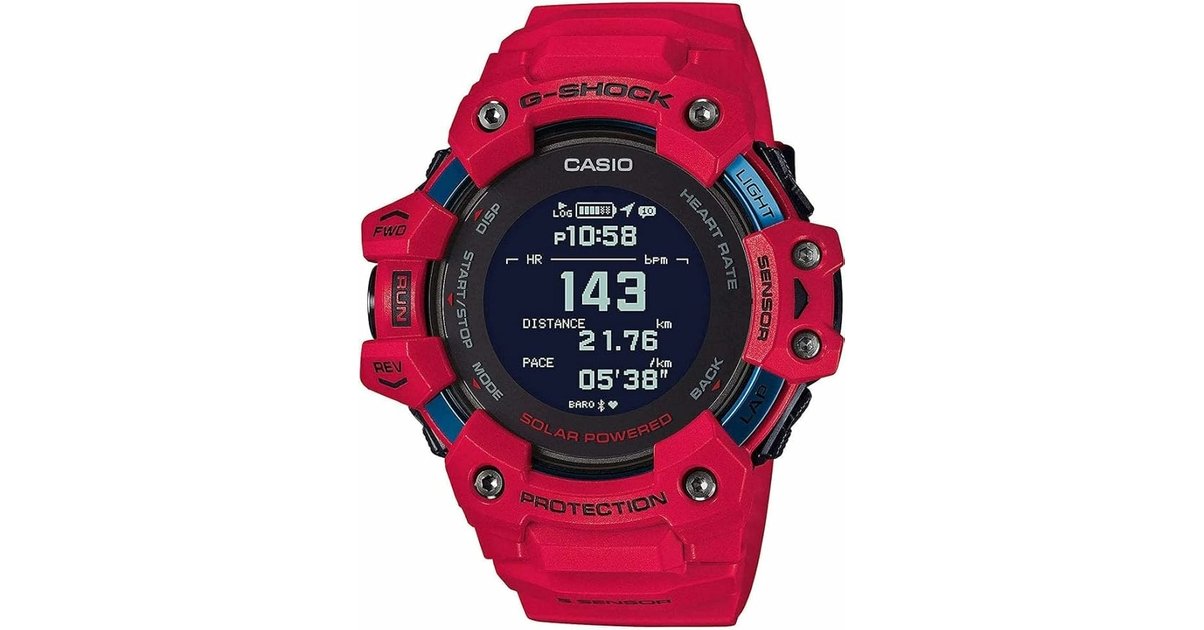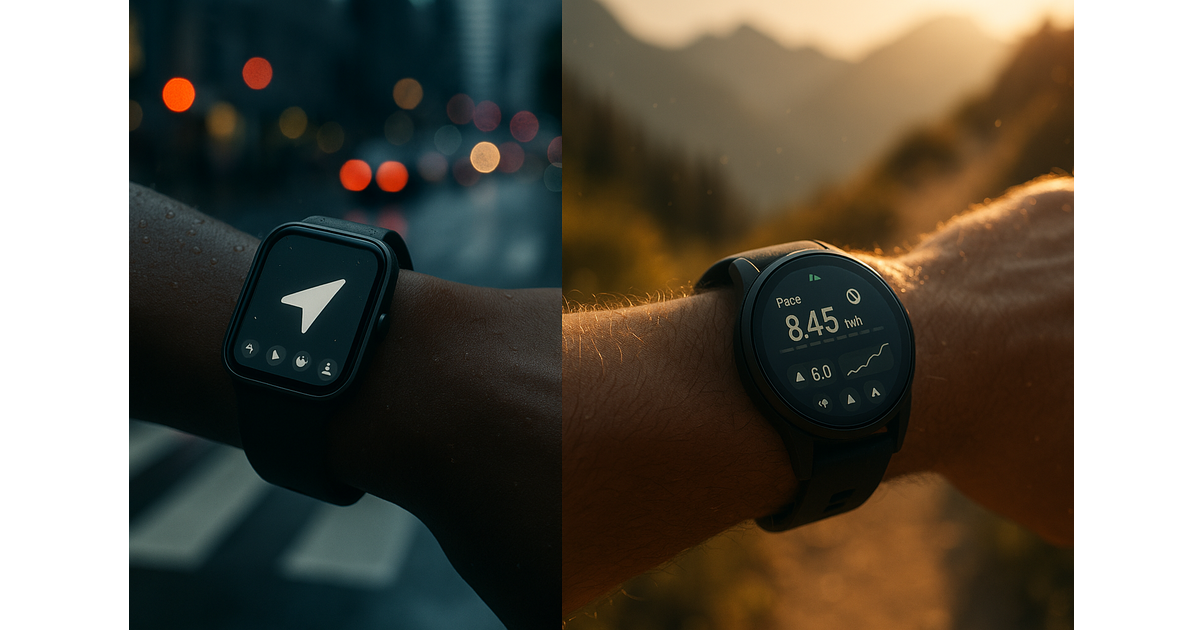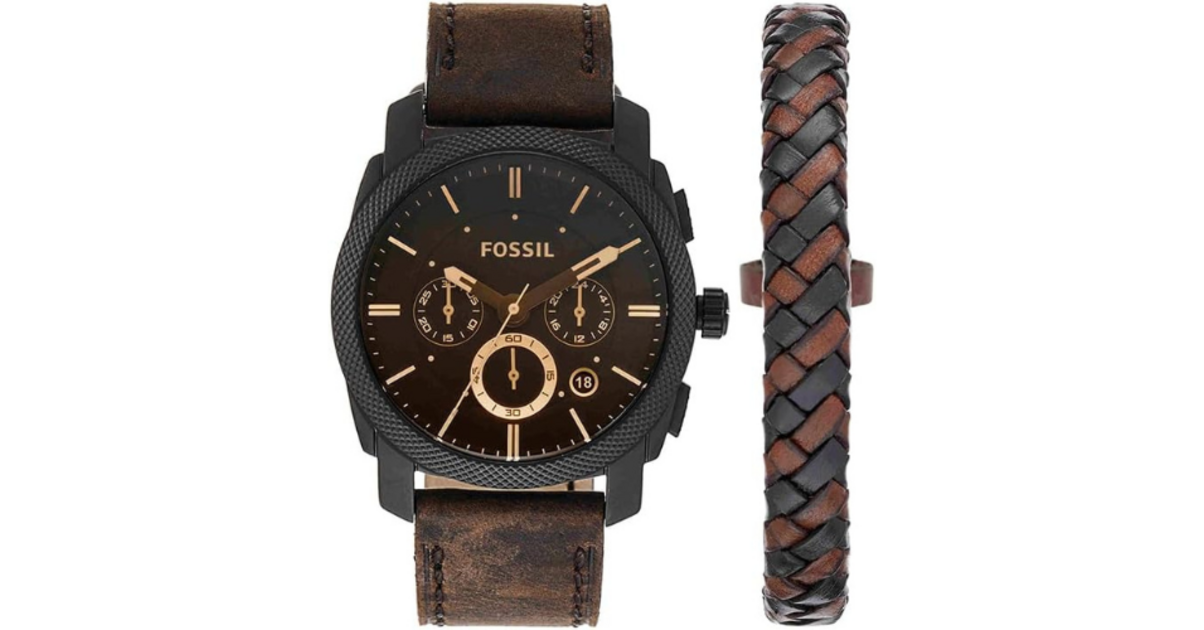Table of Contents
Where SEIKO manufactures today: Japan, Malaysia, China
The Japanese “heart”. In Shizukuishi (Iwate Prefecture), Morioka Seiko Instruments serves as the production base for Seiko Watch Corporation; it is a site dedicated to high-end watches and analog mechanical and quartz movements. According to Morioka Seiko Instruments, the factory operates as a manufacturing hub for the brand’s premium lines.
On the Nagano side, the Shinshu Watch Studio (Shiojiri, at Seiko Epson) masters complete development, manufacturing and assembly, notably the Spring Drive and high-level quartz. Real location, identified workshops.
For accessible segments, SEIKO also relies on Southeast Asia: the group’s subsidiaries and subcontractors in Malaysia and Singapore produce components (cases, metal parts) and sometimes complete watches. The Johor Bahru sector (SEIKO Manufacturing/EPSON Precision) illustrates this industrial network. Suddenly, industrial logic and volumes.
What it changes for the buyer
“Seiko production sites” vary depending on the range and caliber: Made in Japan for local assembly, but distributed production of parts and movements. Basically: mixed provenance, group control. For an overview of a “classic” model in terms of use, see our frank and complete review of the Seiko Classic SUR311P1.
Grand Seiko vs Seiko 5: two manufacturing philosophies
Grand Seiko is the workshop: Shizukuishi for the 9S mechanics; Shiojiri (Shinshu) for Spring Drive and quartz — manual assembly, full control. Verifiable source: official Grand Seiko pages presenting the studios and their specialties.
Seiko 5 and “core” lines aim for robustness/price: cases, dials, bracelets and 4R/NH movements can come from the group’s Asian sites (Malaysia, China), with local or mixed assembly. It depends on the batch and the reference, without drama. Frankly: it’s designed to last on a daily basis, period.
Positioning and expectations
Grand Seiko: finishes, tight tolerances, multiple adjustments (workshop). Seiko 5: reliability, accessibility, simple maintenance. If you are unsure between universes, read a clear comparison Seiko versus Casio, who wins?
Seiko movements: SII, TMI, Epson — who does what?
The group sells its calibers internally and to third parties via Time Module Inc. (TMI), distribution brand for NH/NE/PC/VD/VK movements, etc. According to TMI, the entity designs, develops and produces with affiliated factories of the Group.
Concrete example: the widespread NH35A. The community and the pro doc refer to manufacturing variants: suffix “J” for Japanese production, “M” for Malaysia (internal references). Yes, same caliber, different sites.
Mechanical vs quartz: typical distribution
The 9S/Grand Seiko mechanical movements remain in Japan; 4R/NH assembles in Japan and Southeast Asia; many quartzes (Astron, 9F, etc.) come out of Shiojiri. According to the Shinshu page, the workshop manufactures and assembles Spring Drive and high-end quartz. We come back to it.
For a more “market” view, also compare the major Japanese brands and their choice of movements in this complete Citizen or Seiko guide.
“Made in Japan”, “Japan Mov’t”: what it means
Two markings, two realities. “Made in Japan” indicates final manufacturing/assembly in Japan (local standards and requirements of the relevant market). “Japan Mov’t” indicates a movement of Japanese origin, but box/dial/assembly could come from elsewhere. I’m simplifying.
Example of a clearly documented rule: for the United States, the origin of a watch aligns with the origin of the movement; the marking must be visible (dial or background). It’s legal, not marketing.
In practice at Seiko
References intended for Japan or specific series often bear “Made in Japan”. International versions sometimes only show “Japan”/“Japan Mov’t”, because final assembly took place in Malaysia or China. According to METI documentation on foreign rules, these marking constraints vary depending on the importing country.
To remember
- The top of the range (Grand Seiko) is assembled in Japan in identified studios, with complete control.
- The accessible ranges use a mix: movements and components from Japan, Malaysia or China.
- “Made in Japan” = assembly in Japan; “Japan Mov’t” = Japanese movement, potentially assembled elsewhere.
The SEIKO buying experience
Choose according to use and service: availability of parts, after-sales service times, clarity of provenance marking. Smooth journey through official resellers; legible guarantees; supervised returns. Sober, effective.
Article written by David Deteve — Editor & tester, October 21, 2025.
